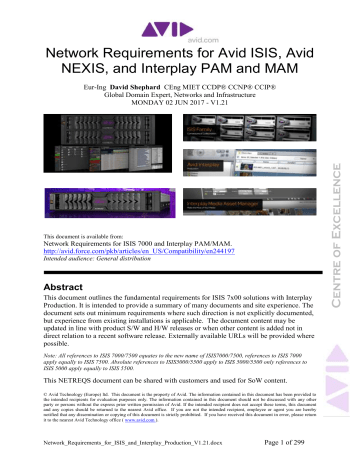

- #1.3.9 CREATE A ZONE TO ACTIVE DIRECTORY INTEGRATED UPGRADE#
- #1.3.9 CREATE A ZONE TO ACTIVE DIRECTORY INTEGRATED CODE#
However, the stub zone remains and traces of it are visible in the DNS Management Console after the domain removal. As part of the removal process, the Active Directory Domain Services configuration wizard removes the DNS zone for the west domain, as well as the DNS delegation. We are now at a point where we need to decommission the west domain.
#1.3.9 CREATE A ZONE TO ACTIVE DIRECTORY INTEGRATED CODE#
In the test lab, I ran the following piece of PowerShell code to protect the .za DNS stub zone hosted in the east domain from accidental deletion: Get-ADObject -Server .za -Filter 'Name -eq ".za"' -SearchBase "DC=DomainDNSZones,DC=east,DC=forestroot,DC=co,DC=za" -Properties ProtectedFromAccidentalDeletion | Set-ADObject -ProtectedFromAccidentalDeletion $true Protect AD-Integrated DNS Zones from Accidental Deletions Here is an oldie but goodie with details: It is recommended to have DNS zones protected from accidental deletion. Protecting DNS Zones from accidental deletion Here’s what it initially looks like in the DNS Management Console. 2 child domain named .za and .zaįor demonstration, I decommission one of the child domains ( .za) and go through the process of cleaning up the expired stub DNS zone that was created in the other child domain ( .za).I leveraged one of the Azure Quickstart Templates to help accelerate a deployment of a 3-domain forest in my Azure subscription. This tip would also be applicable when you are looking at removing Active Directory-Integrated Zones that are no longer required or wanted.

#1.3.9 CREATE A ZONE TO ACTIVE DIRECTORY INTEGRATED UPGRADE#
I this post, I would like to discuss an additional check point you may want to include in your upgrade plan as one of the clean-up actions after removing a domain. In there, I also share a link on where you can find useful information on the End of Life Dashboard that one of my follows blogged about. I posted about an upgrade blocker when the File Replication Service is still in use for replicating SYSVOL content here. This period is also an opportunity for some to decommission and consolidate domains to reduce complexities where possible. With Windows Server 2008 R2 reaching end of life in January 2020, many organizations have been migrating their workloads to Windows Server 2016 or newer.


 0 kommentar(er)
0 kommentar(er)
